Vastedda della Valle del Belice DOP: History, Production, and Uses | Stretched-Pasta Sheep's Milk Cheese
- Details
- Hits: 9
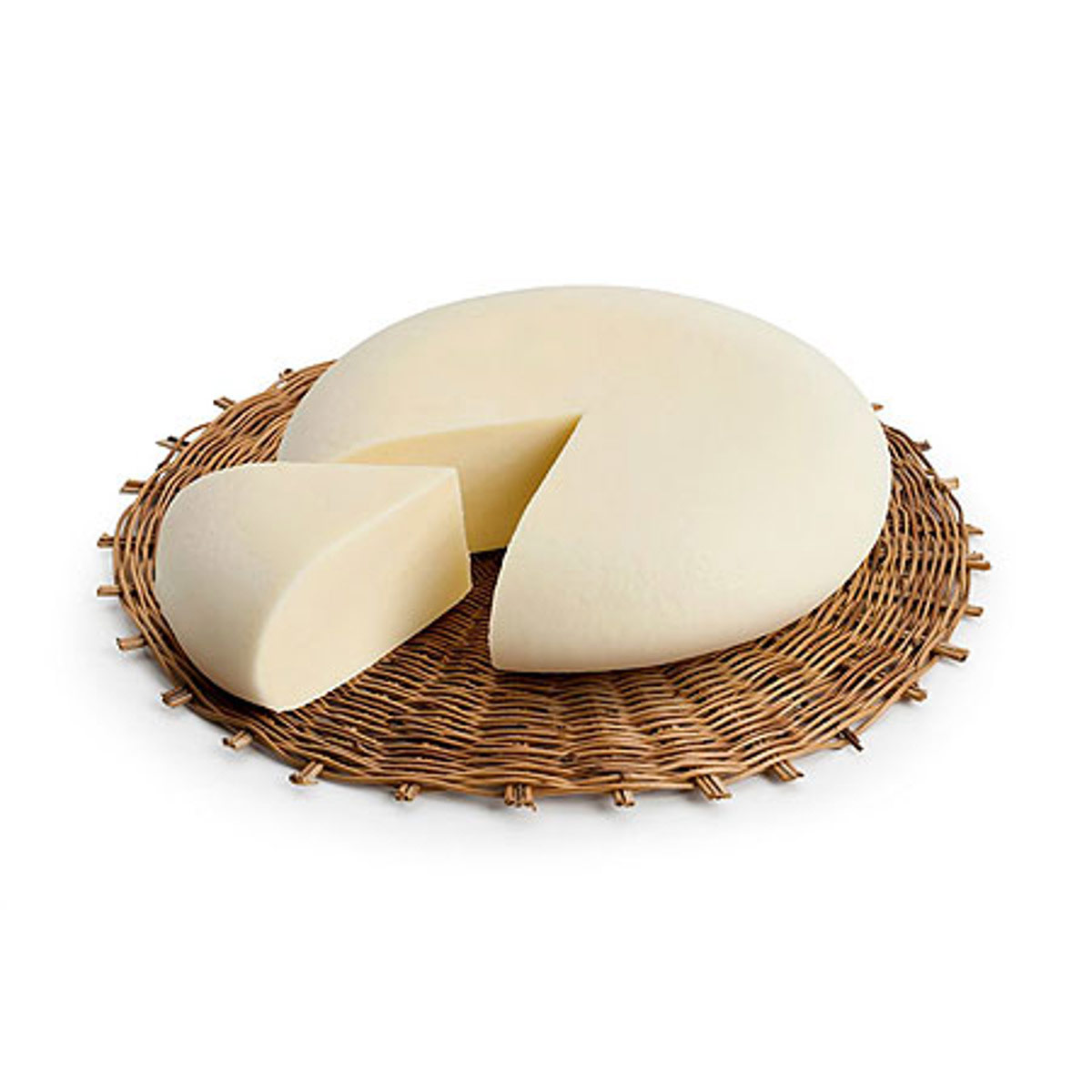
In the Belice Valley , a hilly area encompassing the provinces of Palermo, Trapani, and Agrigento, a unique dairy product is born: Vastedda della Valle del Belice DOP . This dairy product holds an exceptional record: it is the only stretched-curd cheese in Italy made with pure sheep's milk , an absolute rarity worldwide.
Vastedda della Valle del Belice DOP: Stretched-Pasta Sheep's Milk Cheese
Its history is rooted in a thousand-year-old pastoral tradition and in ingenious strategies to avoid wasting precious sheep's milk during the hot summer months.
Pastoralism in the Belice Valley: An Ancient Heritage
Sheep farming in western Sicily predates even the arrival of the Greeks and Phoenicians. In this area, historically considered the "breadbasket of Rome," sheep farming developed in synergy with the cultivation of cereals and fodder.
From crossbreeding between local breeds, the Belice Valley sheep was born , a native species famous for:
-
The excellent milk production .
-
The extraordinary ability to adapt to an often harsh territory.

The Birth of Vastedda: Saving Summer Milk
The reason Vastedda has historically been a summer cheese is practical. At the end of lactation, sheep produce less milk, and high temperatures make it difficult to preserve. Shepherds, in a creative gesture, began to:
-
Make the most of the small quantities of milk available.
-
Recover the pecorino cheeses that, due to the heat, were at risk of turning sour and spoiling.
The name "Vastedda" may have come from this very place, from the dialect term vasta (broken). Another hypothesis instead links it to the ceramic plate ( vastedda ) on which it was modeled.
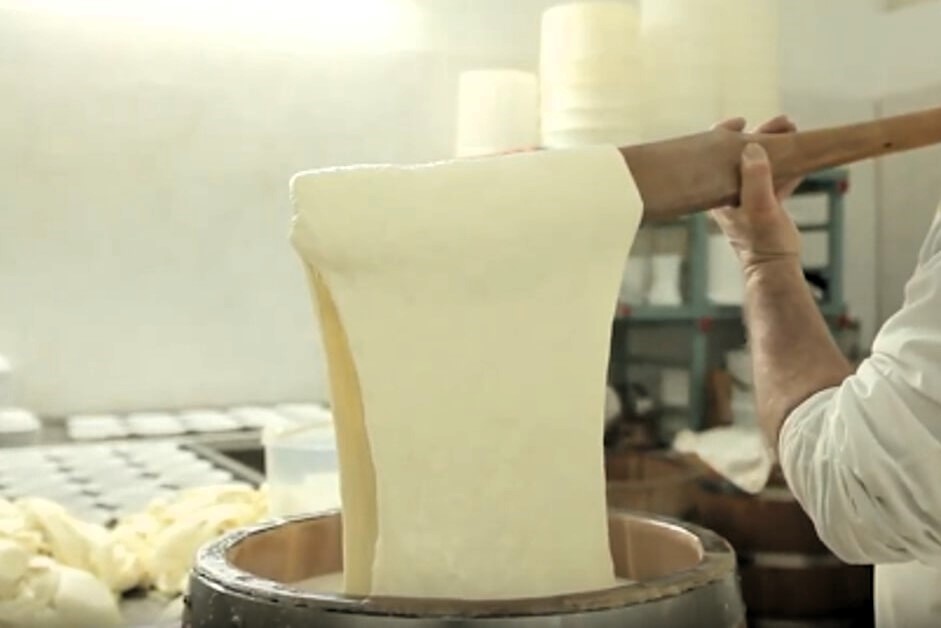
The Ancient Production Technique of Vastedda
Vastedda della Valle del Belice DOP has a distinctive shape: ovoid, similar to a focaccia, with rounded edges and no crust. Its ivory-white interior is smooth and firm, with a sweet, fresh flavor and delicate aromas of milk and butter.
The production technique, which has remained faithful to tradition, is a precise ritual:
-
Coagulation: Raw sheep's milk from one or two milkings is used , coagulated with lamb rennet.
-
Breaking the Curd: The curd is broken with a wooden stick (the rotula ) until it obtains granules the size of chickpeas.
-
Fermentation: The mass is collected in a linen cloth, cut into pieces and immersed in hot whey to promote fermentation.
-
Hand-Spinned: Once the right acidity is reached, the curd is cut into slices and immersed in boiling water in the piddiaturi . Here, the spinning takes place by hand with the help of a wooden paddle ( vaciliatuma ).
-
Shaping and Drying: The stretched curd is shaped by hand into spheres, which are then flattened on characteristic ceramic plates. Air drying for 12-48 hours completes the process.
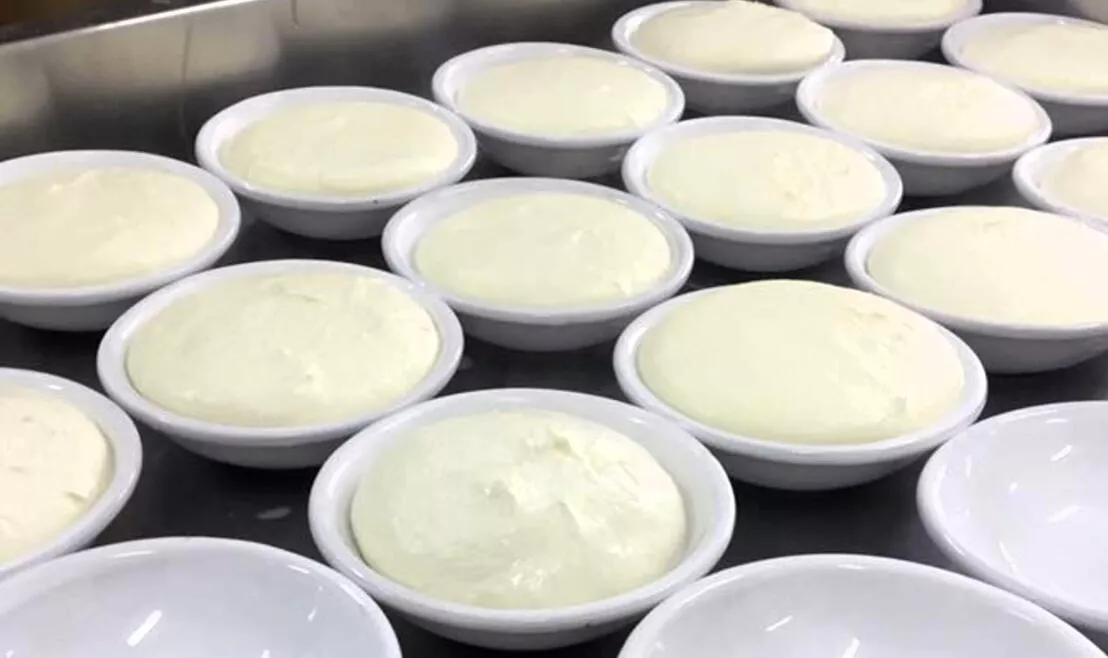
How to Enjoy the Vastedda of the Belice Valley
Vastedda is a versatile and delicious cheese. Here's how to best enjoy it:
-
Natural: Thickly sliced and topped with a drizzle of extra virgin olive oil, fresh tomatoes, and oregano.
-
In the Kitchen: Perfect for seasoning salads, enriching sandwiches and pizzas, or as an ingredient in timbales and local recipes.
-
Sicilian Specialties: It is the undisputed protagonist of the pane cunzato and the rianata del Belice , a richly filled rustic pizza from Trapani.
Vastedda della Valle del Belice is not just a cheese, but a sensory journey into authentic Sicilian pastoral tradition.
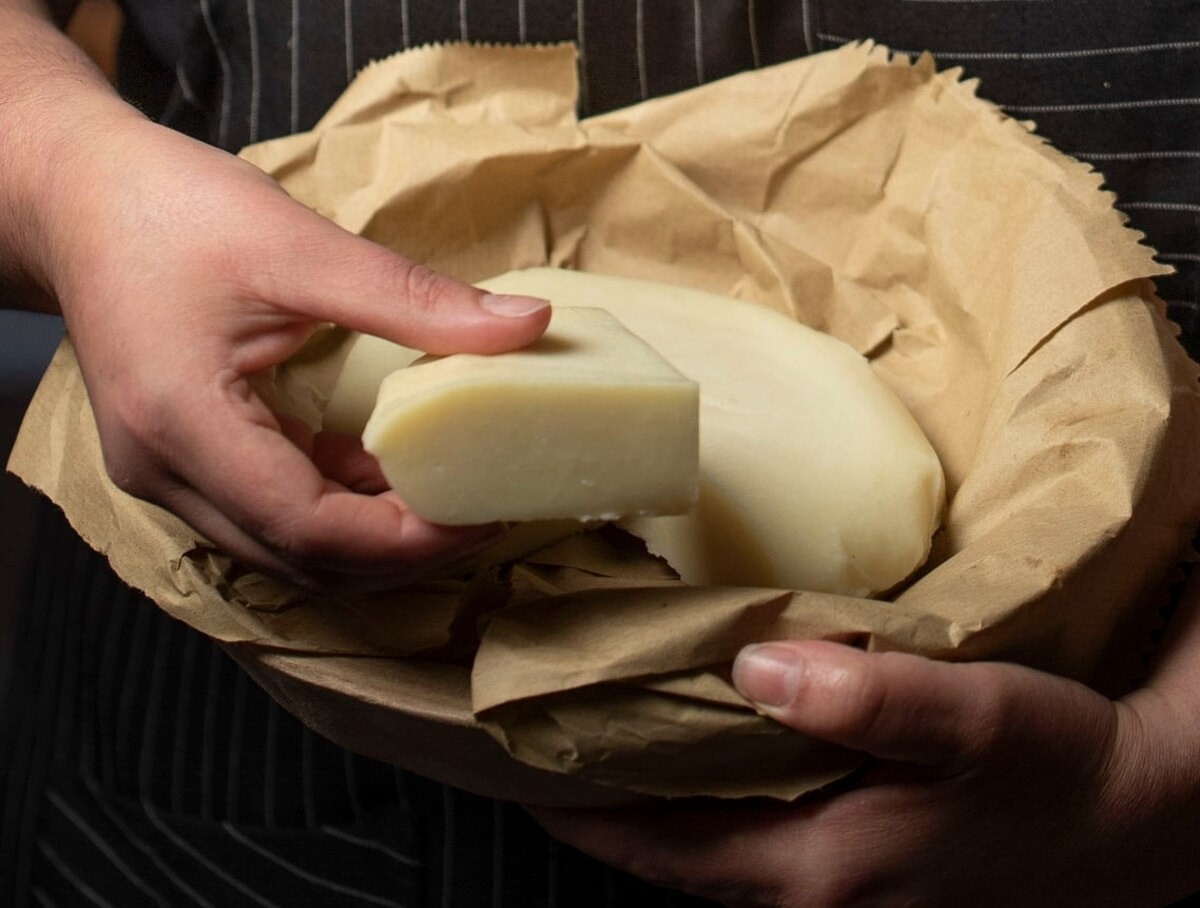







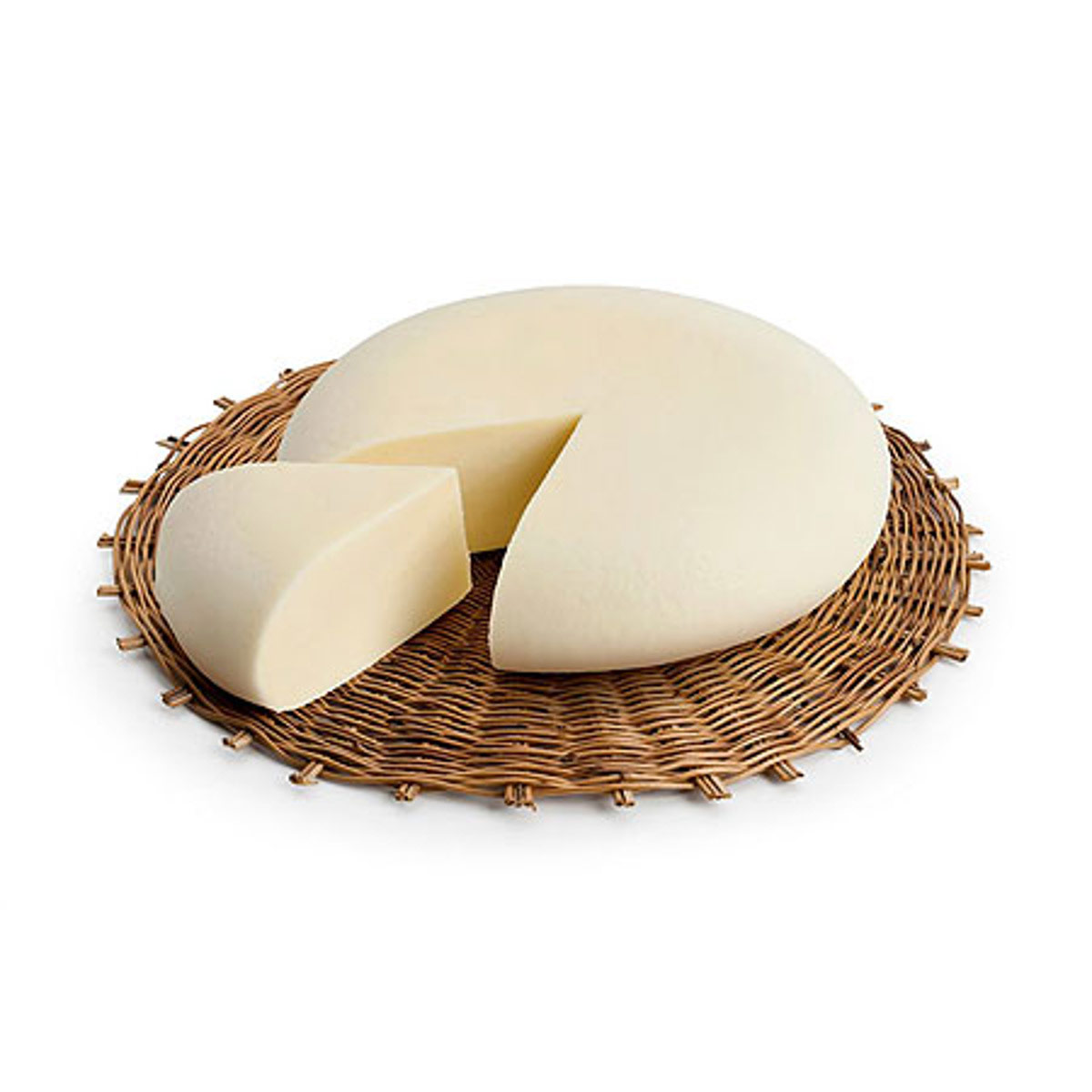

 And then Add to Home Screen.
And then Add to Home Screen.